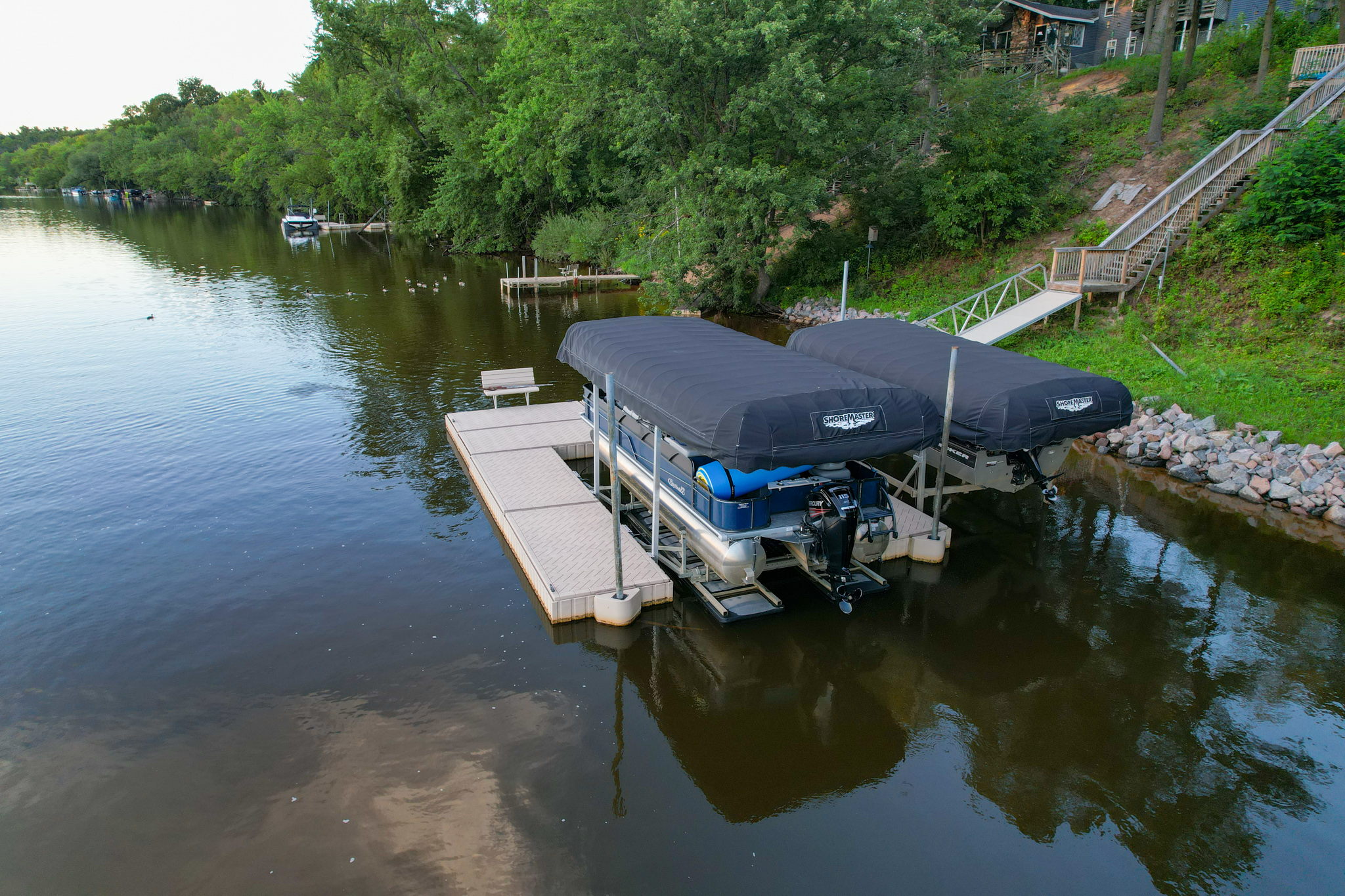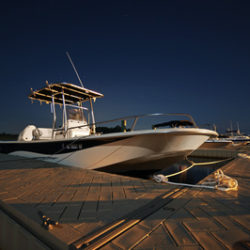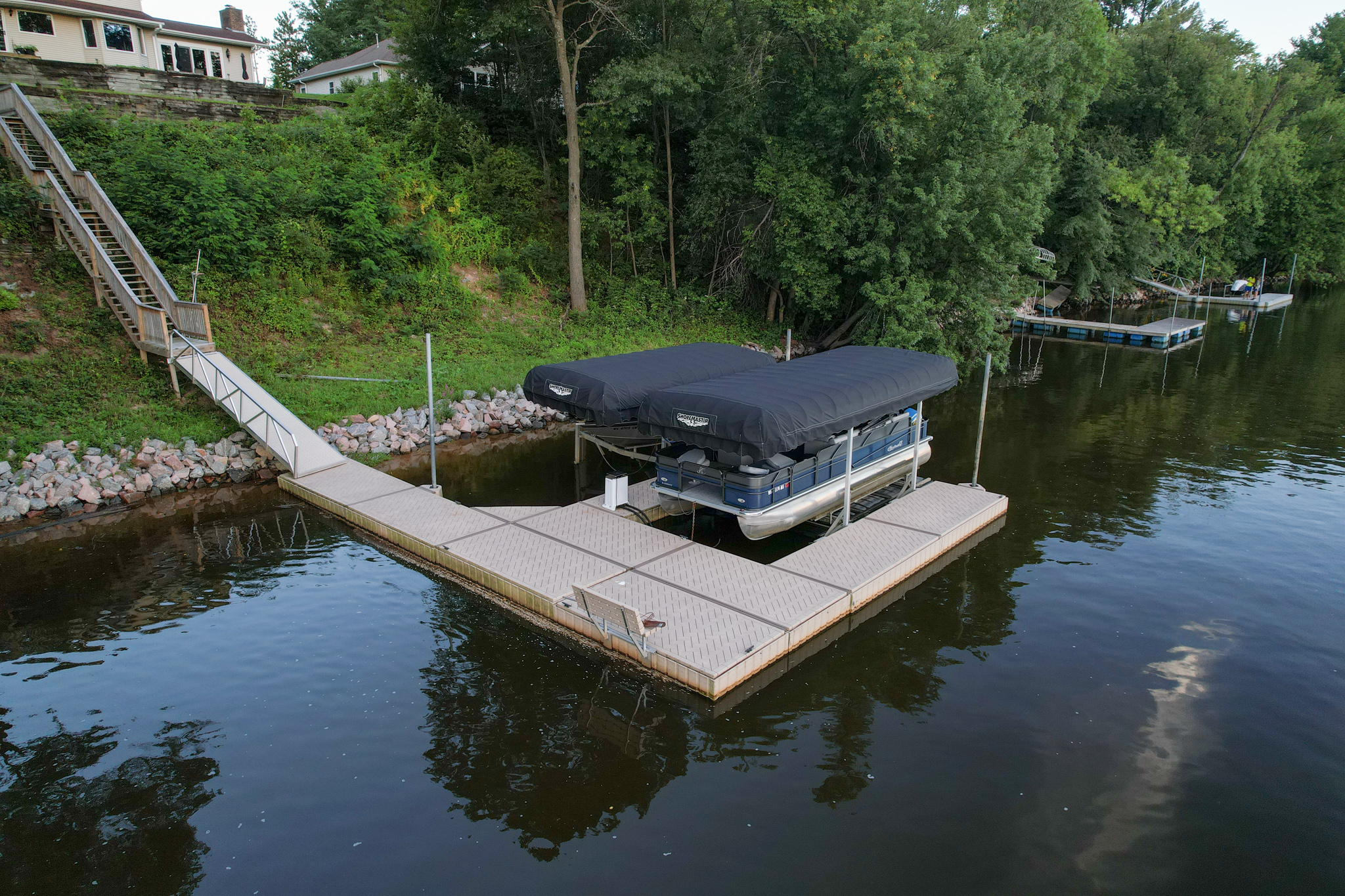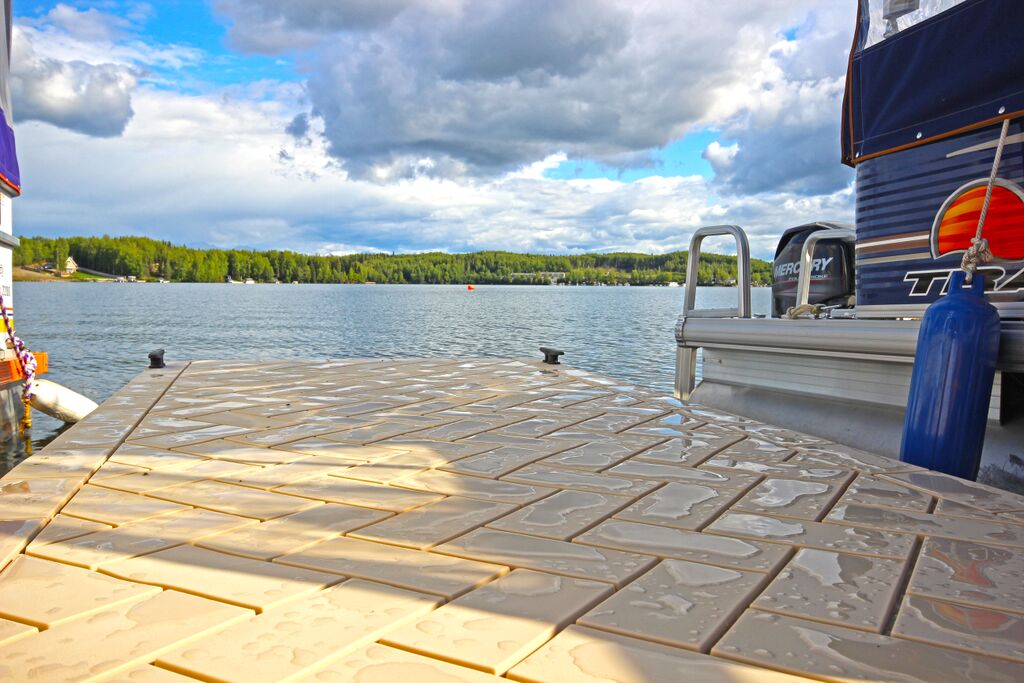Posted on March 16, 2023
Where Most People Use PolyDock |
Written by PolyDock Products Marketing
Floating docks are an increasingly popular alternative to more traditional, permanent dock setups. The flexibility, ease, and durability make them an attractive choice, and for some waterfronts, floating docks might be the only or best option. While floating docks work well in many bodies of water, they’re more optimal in some places than others.

How Floating Docks Work
From the water level up, floating docks work much the same as any other dock system with a platform to walk on, connection points for other dock sections and accessories, and a place to moor or lift your boat and spend time directly on the water. Underneath the water, though, is another story.
Floating docks are platforms supported by airtight, buoyant floats or pontoons. These floats displace the water underneath the dock, allowing the entire system to float on the water’s surface. They’re also extremely durable, which makes them unlikely to get damaged or sink the entire dock system. Floating docks are secured to the shore with a gangway and held in place in the water by some anchors with enough slack to allow minimal movement and the ability to shift with the water level.
Floating Dock Applications
You can use floating docks in as many ways as you use any other dock. A floating dock introduces these applications on shorelines that might not work well with docks on legs or piles. Many shorelines have floating docks that are used as walkways or places to store boats or PWC, but docks have so many more uses than that these days. With the right dock accessories, you can turn your dock into a place to entertain or do outdoor hobbies. Because floating docks won’t sink below the water level, it’s safer to have electrical systems on your dock system — they won’t get submerged, which opens up even more features that might be limited on other docks.
The Body of Water Where the Dock Will Be Used
The right dock for the right shoreline makes all the difference. Floating docks will add simplicity to nearly any waterfront they’re used on by removing the need to manually adjust the water level. They’re also a great option for the environmentally conscious boater because anchors are less disruptive to the environment underneath the dock than legs or piles. For similar reasons, floating docks can go where docks with legs or piles can’t — think very deep water, particularly muddy, rocky, or uneven bottoms, and areas where the water level will vary hugely within the same season.
A high-traffic area, or one that sees a lot of high waves, probably isn’t the best place for a floating dock system. Floating docks work best in calm areas. While they’re easy to remove during inclement weather or seasonal changes and aren’t as unstable as you might think, they do fare better and feel better under your feet without too much water movement.
In our opinion, PolyDocks work well in protected areas that aren’t exposed to large waves — 12” or lower is ideal. Our docks are also great for areas with soft bottoms, deep water, and fluctuating water levels that might present problems for other dock systems.
PolyDock Floating Docks
A floating dock or PWC port is a great addition to the right waterfront. Floating structures are easy and quick to install and remove for seasonal changes or when you need to expand or change your layout. Because they adjust automatically with the water level, areas with fluctuating water levels or those prone to stormy weather could benefit from a floating dock. Our floating dock stability is a result of our design, the recessed areas on the bottom of each section. You’re getting the same quality sectional or pile dock with the flexibility and benefits of a dock that adjusts and installs easily.
PolyDock’s floating dock systems have these benefits and more. Our modular, rotationally molded polyethylene floating docks look great and perform well season after season, with the customization and configurability options to create the waterfront of your dreams. Reach out to PolyDock to get started!




